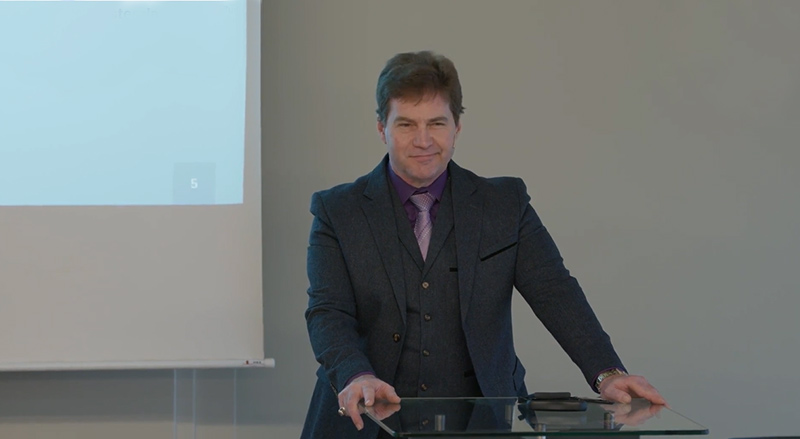The Bitcoin Masterclass (Zurich) Day 2
Dr Craig S. Wright, Chief Scientist at nChain, recently held the third edition of his Bitcoin Masterclass series at an exclusive venue in Zurich, Switzerland. The Masterclass course forms part of a monthly series aimed at helping attendees understand the fundamentals of Bitcoin and the technology behind it.
The Bitcoin Masterclass series will give you a comprehensive overview of Bitcoin’s history, theory and design. Wright discussed the future of Bitcoin and the unbounded scalability of nChain’s blockchain solutions, focusing on accounting and mapping transactions on-chain.
In the second session on day two, Wright discussed Benford transactions and how they relate to privacy. Wright refers to ‘Benford’s Law’ in accounting as a means to spot unusual activity in seemingly random transactions. This helps an auditor to identify data that may have been manipulated by humans, flagging them for deeper analysis.
Privacy and transactions on blockchain
Wright noted that blockchain analysts typically resemble traditional financial investigators in their ability to identify certain events within transactions. However, he said they cannot determine the nature of these events.
Consequently, we still rely on conventional methods to investigate potential wrongdoing. Nevertheless, the BSV blockchain enables us to confirm the existence of specific data in a verifiable manner, even if some of it remains hidden from public view.
According to Wright, this advances us into a new realm where accounting and privacy can coexist. The process of structuring data becomes crucial in this regard. By dividing files into segments and utilising any encryption method through hashing functions, we can achieve this goal.
Using SPV and Merkle structures to authenticate information
Wright proposes using Simplified Payment Verification (SPV) and Merkle-ized structures to validate the presence of all data paths. This means that an auditor could approve a series of documents labelled A to G within the same Merkle structure and then redact documents D and F. Although others may not access the actual content of D and F, we can still demonstrate that they were verified.
This concept resembles the functionality of SPV in Bitcoin, where any block of transactions can be authenticated without the need to reveal the entire contents of the block or the transactions within it.
Wright noted that this approach can even be applied to audio and video files, allowing for the removal of certain parts (intended for public consumption) while preserving others. Throughout this process, it remains possible to verify the existence of the complete recording and its original content.
Breakout session: use cases for Benford transactions
Wright then asked the attendees to split up to brainstorm the different ways users can split transactions and what type of data they will and won’t give when requested.
Some of the specific use cases identified include:
- Passports
- Validating signatures
- Salary slip issuance;
- Healthcare records.
You can watch the full session below:
